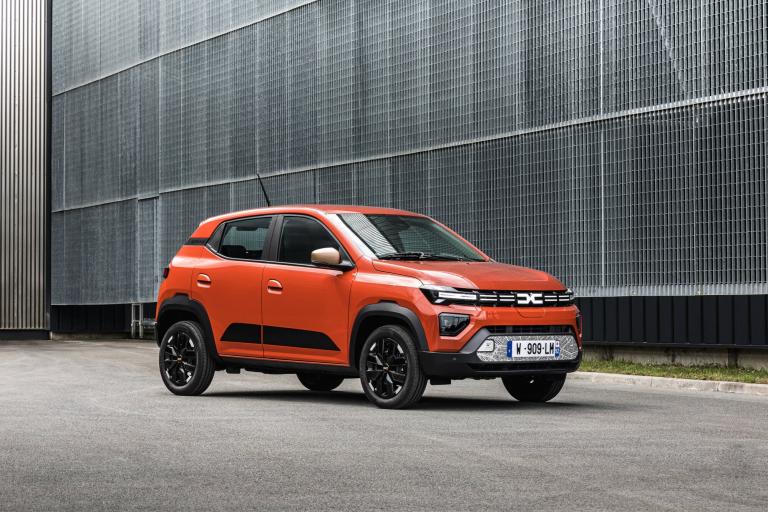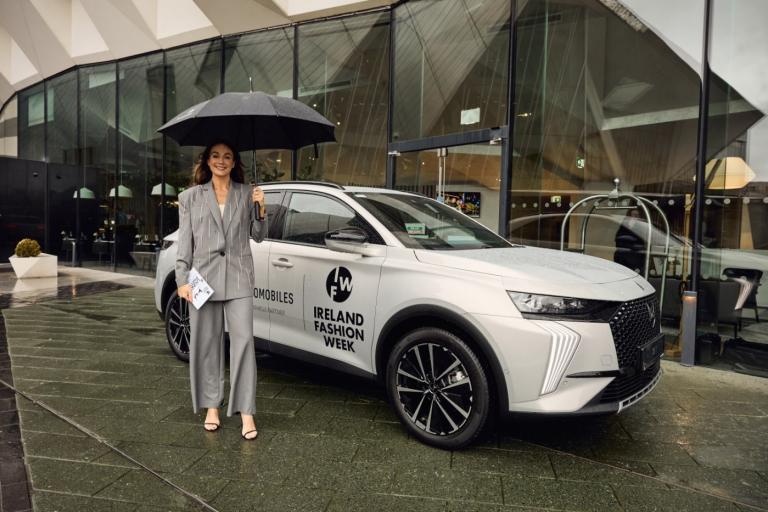Volkswagen Taigo review: Up on the roof – Taigo gives a different slant to an SUV
Published on 31 December, 2022
Overview
I had some conflicting moments with the Volkswagen Taigo. The what? The Taigo.
It’s a small crossover/SUV coupé that hasn’t exactly lit up the scene.
But in a world of motoring complexity it manages to do many simple things well, something you can’t say about lots of cars.
If you’re having difficulty trying to visualise where the Taigo slots into the overall shape of things, let me suggest you view it as the coupé version of the Volkswagen T-Cross (even though the former is a bit longer).
Five things to make 2023 a better year on the road for you
And among its many rivals are, understandably enough, the T-Cross, the Ford Puma, Kia XCeed, Nissan Juke and Audi Q2.
It just so happens that I like the T-Cross a lot and comparisons were inevitable in the course of my tests. I think it is a nicer car to look at – maybe that is because it is more upright than the sloping/coupé profile of the Taigo.
The Taigo looks less compact somehow. Maybe that extra bulk is an attractive, saleable asset.
Visually front and rear there isn’t a major distinctive design difference (lights clusters, perhaps) between it and the T-Cross. I told people who asked that it was a supermini with a sloping roof.
Yes, the sloping roof is what it is all about. It is its raison d’etre. The SUV side of things? Not a big deal really.
There was no sense of me operating from a higher driving position, for example. That is something you get from some, not all, crossover/SUVs – even the smaller ones.
Merit gained from the Taigo’s shape is that head-space, at the front, is decent. Getting into the back wasn’t a major undertaking for taller passengers, despite the sloped roof.
Another area of the ongoing win-some-lose-some review of the car, is the boot and back seat. The 483-litre luggage area is huge and took a surprising amount, and variety, of stuff.
The penalty I feel is that rear-seat room suffered a bit. It’s a balancing act: boot or back seat? In fairness it is unlikely to be used too often to carry four adults and some luggage.
Even before those adult passengers joined us, the one litre, 110bhp petrol engine had worked up a heavier thirst than I anticipated. Maybe it was the dreadful, at times relentless, stop-start nature of my driving around Dublin, in particular.
Yes it is where small cars such as the Taigo, with stop/start function, often shine. This didn’t really, with CO2 emissions of 136g/km costing €210 road tax.
I still refuse to blame the automatic DSG transmission (there is a manual too) for anything other than incidental additional consumption.
I silently blessed that piece of engineering many a time in traffic. It had real smoothness of shift, and it made some weary driving a lot more tolerable. I would gladly pay a premium for an automatic in any car now.
I think we need to see more of them in smaller cars – and don’t be fooled by the outdated belief that automatic is harder on fuel than manual. Not necessarily so at all with new cars.
For all the bits of criticism there were a few strangely reassuring items on tow. They didn’t have those awful touch-sensitive buttons that drive me crazy on some other models on the Volkswagen list. No, there were ordinary buttons.
And, don’t ask me to explain, but there was something almost quaint about having an ordinary key that you slot into the ignition switch. You don’t see too many of them any more.
The cabin is otherwise typical of modern Volkswagen layout, excellent seats on my R-Line model tested.
As already mentioned the Ford Puma is one of the Taigo’s rivals. And whatever about the other merits or demerits, the Volkswagen is not in contention for the dynamism the Ford offers. The Ford is a cracker, as anyone who has driven it will testify.
But the Volkswagen has its inherent strengths when viewed as an overall package. It is, as you’d expect from the brand, sturdily built and both designed and equipped to last in the longer run. And starting at €28,995 for entry level spec, its pricing is in the same ballpark as the likes of the Puma.
I ended up liking it a fair bit, but not sufficient to knock the T-Cross off its pedestal.
You’ve really got to ask what extra the Taigo brings that the T-Cross or, to a lesser extent, the Polo does not. If you boil it all down not that much really, I’d have to say.
It is practical, roomy, effective and well-packaged. And there are sizeable numbers who like that sloped profile giving a different hue to their car.
If you are one of them then take a drive in a Taigo.
Oh, and while you’re at it, have a look at the T-Cross.
Five things to make 2023 a better year on the road for you
Latest Reviews

Volvo Cars starts production of EX30 in Europe

Dacia Spring: Ireland’s Best Value EV Just Got Even Cheaper

DS Automobiles Named Official Vehicle Partner for Ireland Fashion Week